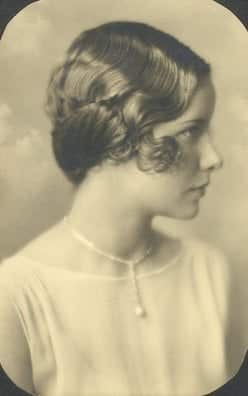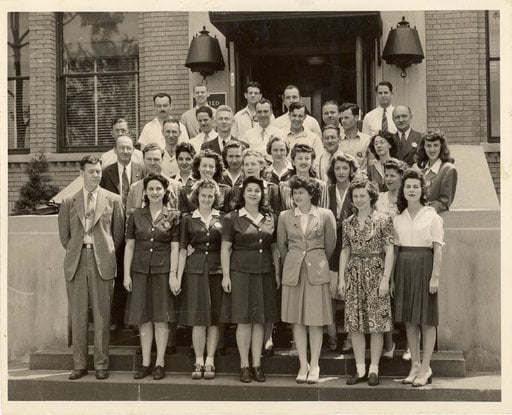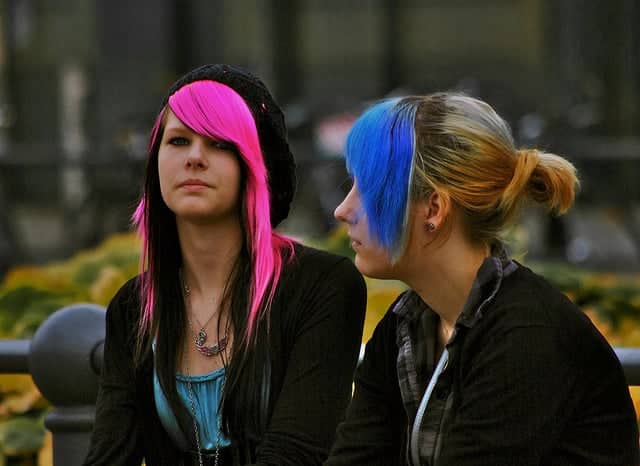NeoGraft vs. Strip Method: What is the best hair transplant procedure?
Thinning hair and hair loss affect millions of people, regardless of age or sex. Thinning hair and premature balding, which is heavily influenced by genetic and hereditary characteristics, can lead to low self-esteem and self-confidence. However, hair loss does not have to be permanent, and, in many cases, can even be reversed.
Technological advancements in the areas of hair transplant and restoration offer an alternative to the embarrassment of early hair loss. Two of the most common methods for hair transplants are the traditional strip harvesting technique and the newer NeoGraft® technique. But which is the best hair transplant procedure?
The Different METHODS of hair replacement
Strip method: The traditional strip harvesting technique, known as Follicular Unit Transplant (FUT), involves removing the follicular units from the donor area as one group. The strip method allows the follicular units to be extracted intact, in their genetic form. Each follicular unit contains 1 to 4 hairs (the average is 2.2 hairs per follicular unit). The strip method requires expert surgical skill so the patient will achieve the best result while causing the least trauma to the donor site. It also allows healthy hair to harvest faster.
NeoGraft® method: The newer NeoGraft® method automates the Follicular Unit Extraction (FUE) procedure. The NeoGraft® method takes the hair out from the donor area with a cookie-cutter looking punch knife that has a diameter of approximately 1mm. This tool is inserted around one hair or a group of hairs known as a follicular unit. The tool makes a short, quick, rotational spin on the scalp to extract the hair follicle. This is done blindly, since the surgeon cannot see the root of the hair while inserting the tool into the scalp.
PROVEN Hair transplant procedures VS. NEW AND TRENDY
Strip method of hair transplants:
The strip method has a proven track record of success and provides natural looking permanent results.
NeoGraft® method: The NeoGraft® method is a newer and less proven procedure, often with increased surgical time, lower precision, and a higher cost to the patient.
AFFORDABILITY of the strip method of hair transplants
Strip method hair transplant costs: On average, the strip method cost $4 per graft.
NeoGraft® method hair transplant costs: On average, the cost is $4-6 per graft.
The average patient requires approximately 1,500 grafts.
Hair GRAFT QUALITY
Strip method hair transplant quality: Since the hair strip is taken out in a surgical suite with a well-positioned and visible surgical field and magnification, the strip method creates quality grafts with the best viability. This allows the surgeon to precisely remove the necessary follicles intact, which avoids trauma and the likelihood of cutting across and destroying hair follicles.
NeoGraft® method hair transplant quality: Graft quality is not as good compared to the strip method because the surgeon assumes that the direction of the punch knife and the hair shaft are the same and that the knife will not cut the hair across and damage it. The hair’s roots may change direction slightly as they are buried in the skin so the chance of cutting across the roots while taking them out is increased.
HAIR SELECTION
Strip method hair selection: The strip method makes it possible to choose the best donor hair. By taking out donor hair from the back of the head, which never grows completely bald in most people, the donor hair is resistant to the damaging effects of testosterone. The testosterone hormone is responsible for genetic hair loss. This healthy donor hair doesn’t care about its new location and stays in place since their genetic material makes them more resistant to hair loss.
NeoGraft® method hair selection: Donor hair is often taken from the broader section of the skull, and theoretically, even elsewhere on the body. Variety does not translate into quality since randomly chosen hair is not necessarily more resistant to hair loss.
POST Hair Transplant SURGERY HAIR STYLE
Strip method : While it takes a few days for the incision at the donor site to heal, the surrounding hair is not affected by the strip method. No haircut or change in styling is needed.
NeoGraft® method: In large hair transplant sessions, the entire donor area must be shaved to access the follicles. You may need to sport a new hairstyle for a while.
Visit our post about swimming after hair transplants.
Hair Transplant Procedure SCARRING
Strip method scarring: The small linear incision resulting from the harvesting is usually covered by your hair. During subsequent procedures, the first scar is completely removed. With the strip method, the patient is left with only one incision, regardless of the number of procedures.
NeoGraft® method scarring: If the first NeoGraft® session requires 2,000 grafts, you’ll have 2,000 tiny round scars. If there are follow-up procedures this number will double, triple, and so on. With each subsequent session, the scarring with the NeoGraft® method increases. Moreover, if genetic hair loss continues or you happen to require several procedures, thousands of fine scars may become visible in the thinning donor area.
NEED HELP DECIDING which hair transplant procedure is right for you?
For more than 30 years, Dr. Tim R. Love has been on the cutting edge of hair transplant procedures for men and hair transplant procedures for women, working with some of the field’s most prominent experts and serving as a member of the International Society of Hair Restoration Surgery. Dr. Love provides a caring and compassionate approach to hair restoration, and is committed to delivering flattering, long-lasting, and natural-looking results. Don’t spend another day hiding your hair loss. Call us today at (405) 751-LOVE (5683) or contact us to schedule an initial consultation and find out if hair transplants are right for you.




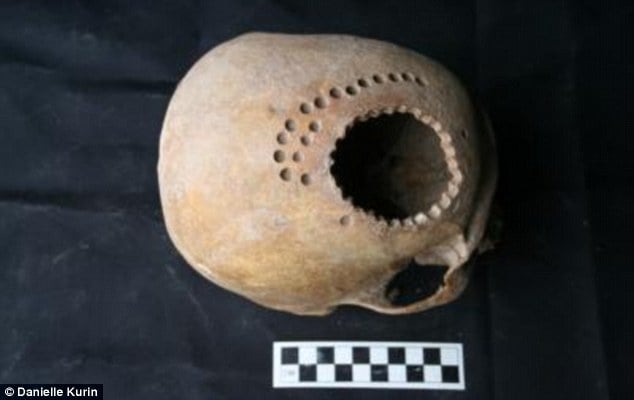
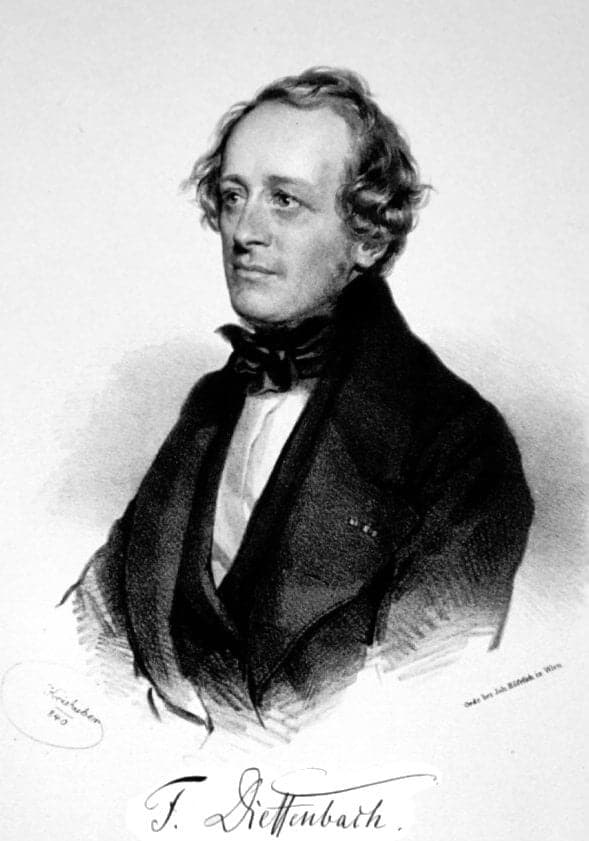

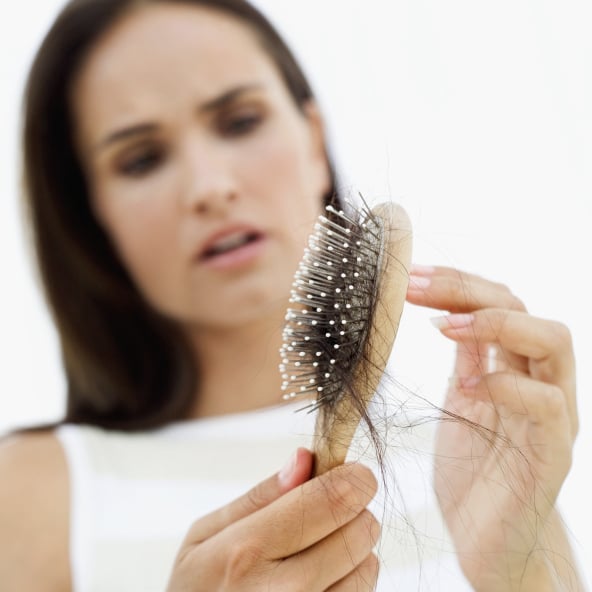
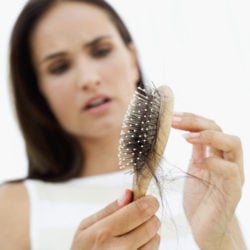 As easy as it is to think of men when you hear the term “balding,” the sad truth is that not every hair commercial is to be believed. Although us ladies love our luscious locks, we aren’t exempt from balding patterns—no matter how much time or product we spend on making sure our hair looks perfect.
As easy as it is to think of men when you hear the term “balding,” the sad truth is that not every hair commercial is to be believed. Although us ladies love our luscious locks, we aren’t exempt from balding patterns—no matter how much time or product we spend on making sure our hair looks perfect.